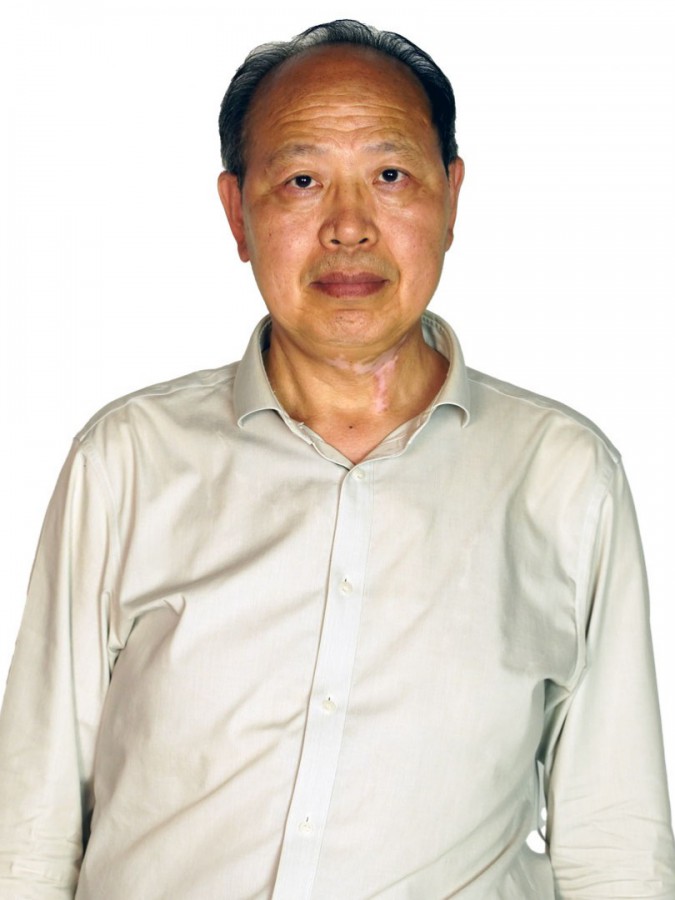resumo
White light-emitting diodes (WLEDs) revolutionized the lighting industry providing high energy efficiency and a long lifetime. The recent development of efficient ultraviolet (UV) LEDs pushed forward the development of WLEDs based on mixtures of down-shifting phosphors and the current challenges are focused on the design of sustainable light converting materials with tunable correlated color temperature (CCT) and high color rendering index (CRI). Here the authors report a simple route to design sustainable WLEDs with tunable and enhanced color features through the assembly of a commercial LED chip (400 nm) and flexible films of a di-ureasil hybrid comprising a mixture of a cyan component originating from amorphous carbon dots and a red one resulting from the Eu(tta)(3)(bpyO(2)) (tta(-): 2-thenoyltrifluoroacetonate and bpyO(2): 2,2 '-dipyridyl-1,1 '-dioxide) complex. This red emission is responsible for high CRI arising from an unprecedented efficient energy bridge between bpyO(2) and tta(-) excited states mediated by the hybrid host, as modeled by theoretical calculations based on the density functional theory and intramolecular energy transfer. WLED prototypes were fabricated with a tunable CCT from cold (5796 K) to warm (4228 K) white-light with high CRI values of 89 and 84, respectively, outperforming the state-of-the-art of UV-based WLEDs.
palavras-chave
ORGANICALLY MODIFIED SILICATES; WHITE-LIGHT; OPTICAL-PROPERTIES; ENERGY-TRANSFER; SOLID-STATE; INORGANIC HYBRIDS; QUANTUM YIELD; TEMPERATURE; EMISSION; COLOR
categoria
Materials Science
autores
Fang, M; Neto, ANC; Fu, LS; Ferreira, RAS; Bermudez, VD; Carlos, LD
nossos autores
Projectos
CICECO - Aveiro Institute of Materials (UIDB/50011/2020)
CICECO - Aveiro Institute of Materials (UIDP/50011/2020)
DÃodos emissores de luz (LEDs) branca, inovadores, sintonizáveis e sustentáveis (WINLEDs)
Nanoparticles - based 2D thermal bioimaging technologies - NanoTBTech (NanoTBTech)
agradecimentos
This work was developed within the scope of the projects CICECO-Aveiro Institute of Materials, UIDB/50011/2020 and UIDP/50011/2020, and WINLEDs (POCI-01-0145-FEDER-030351), financed by national funds through the Portuguese Foundation for Science and Technology/MCTES. This work was also supported by the China Scholarship Council, grant: 201707920002 (2017-2020). A.N.C.N. also thanks the NanoTBTech FET Open project (grant agreement no. 801305) for his postdoctoral fellowship.






